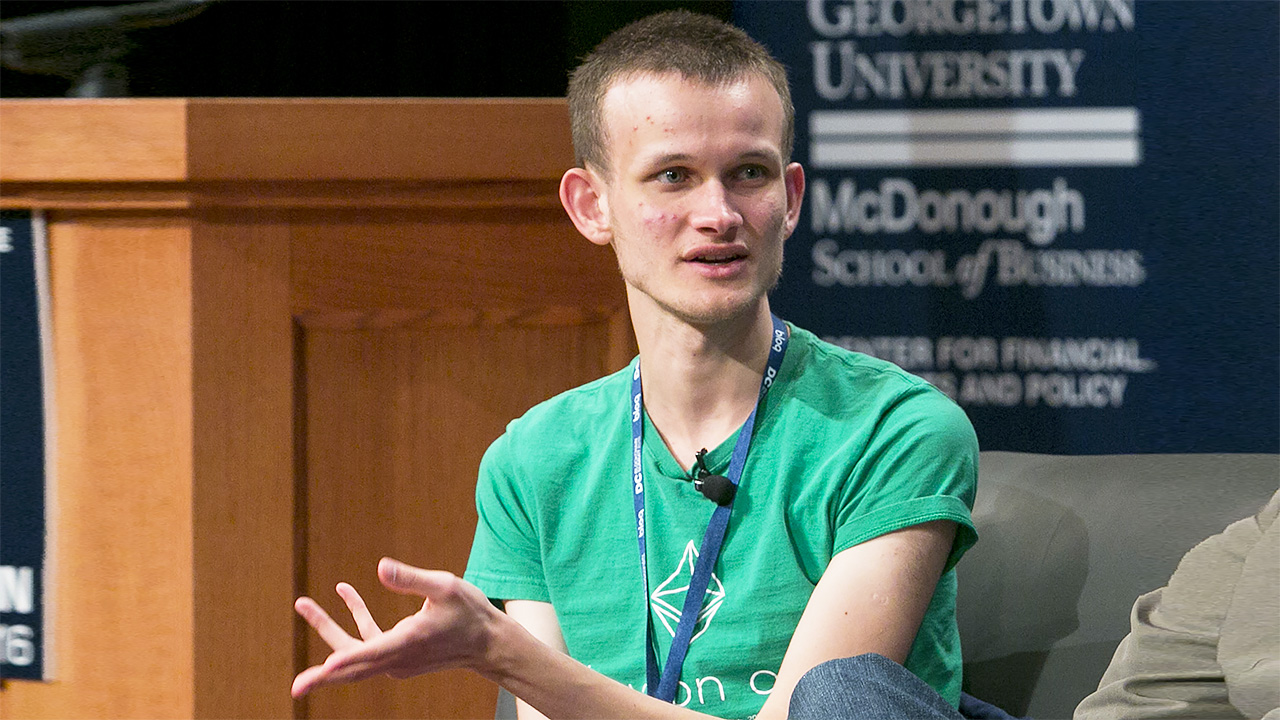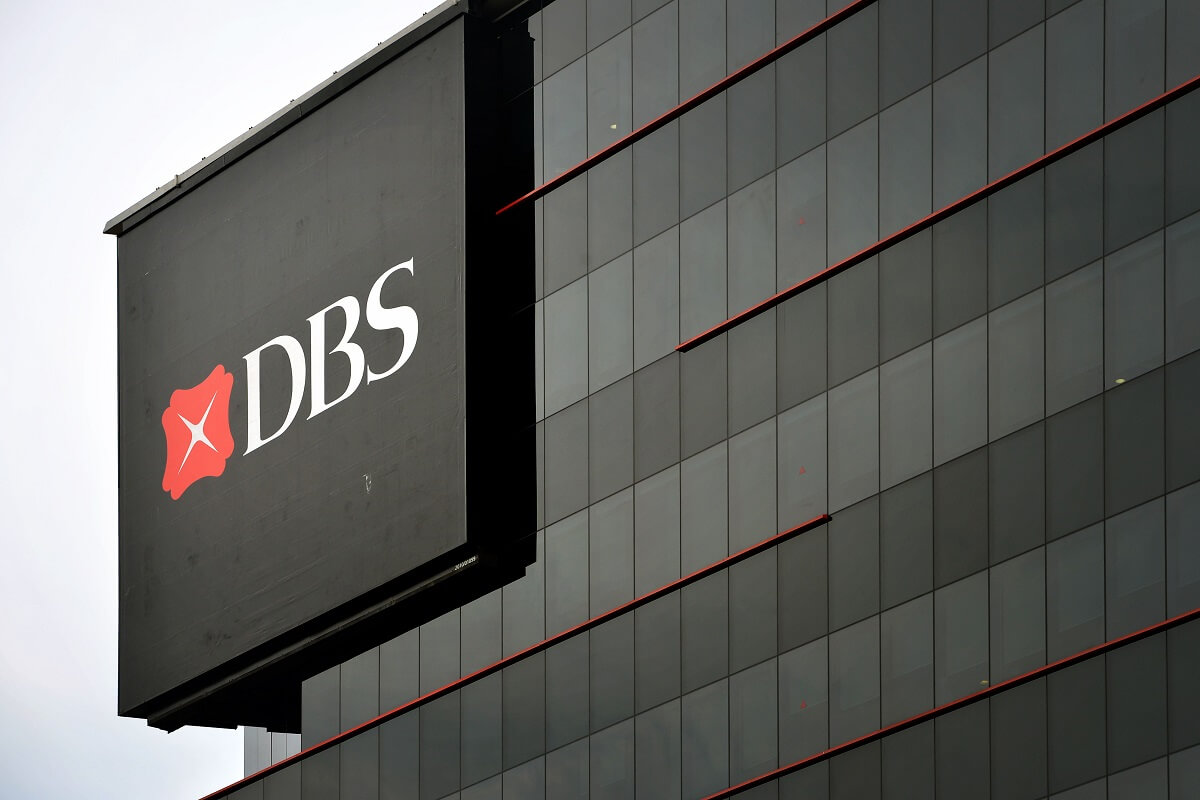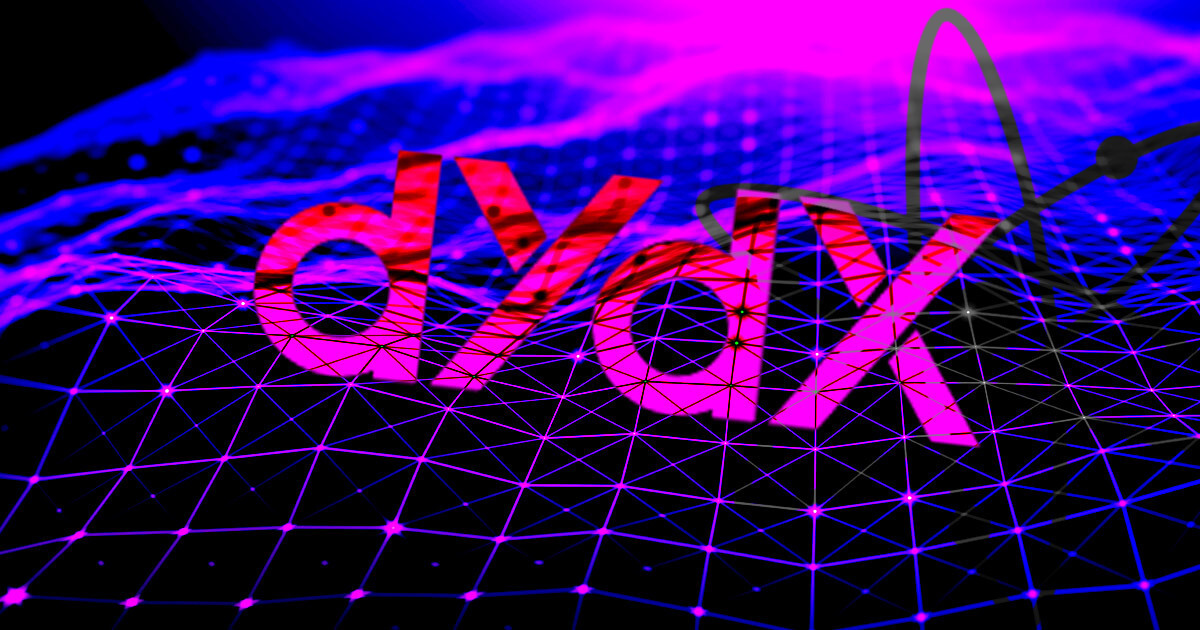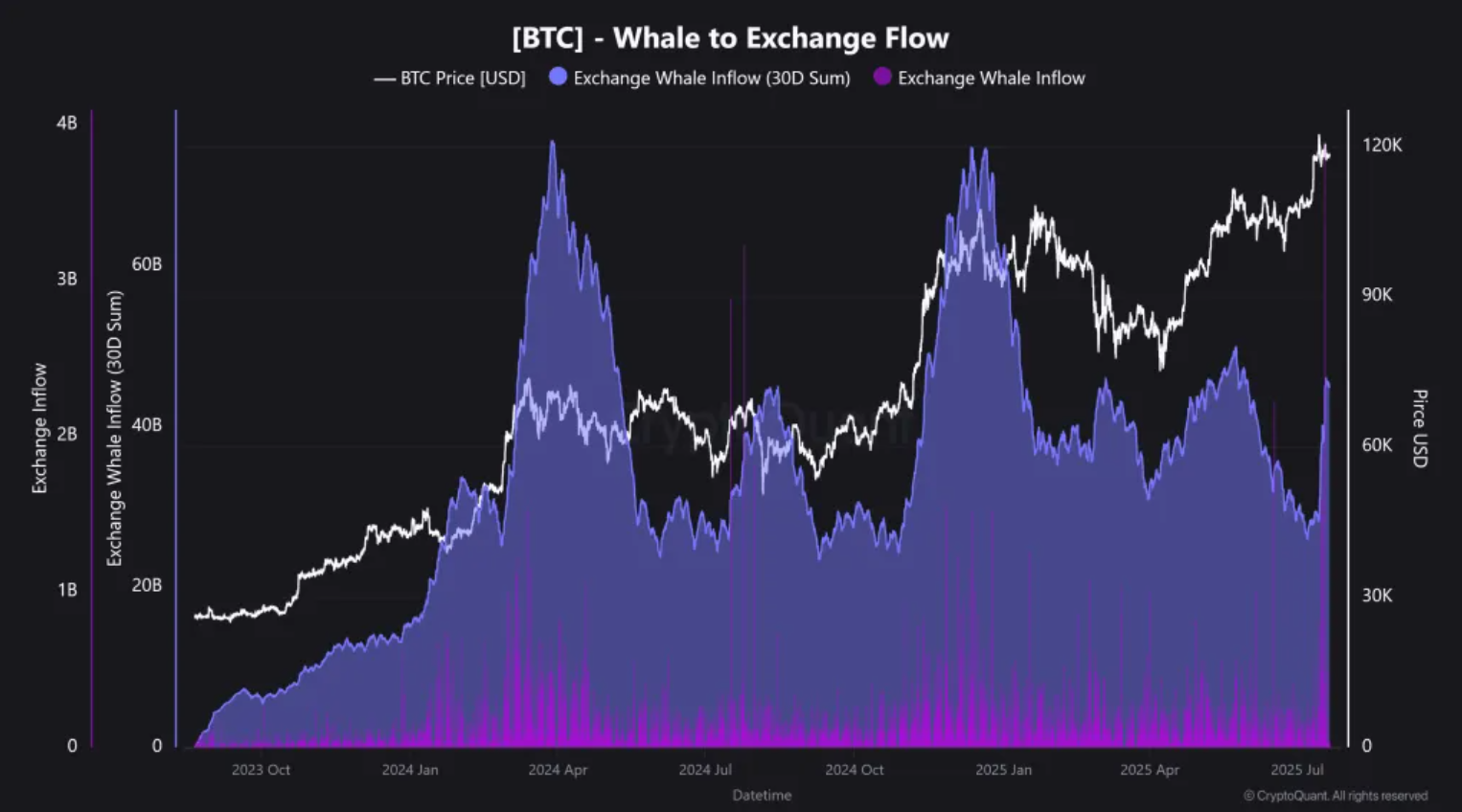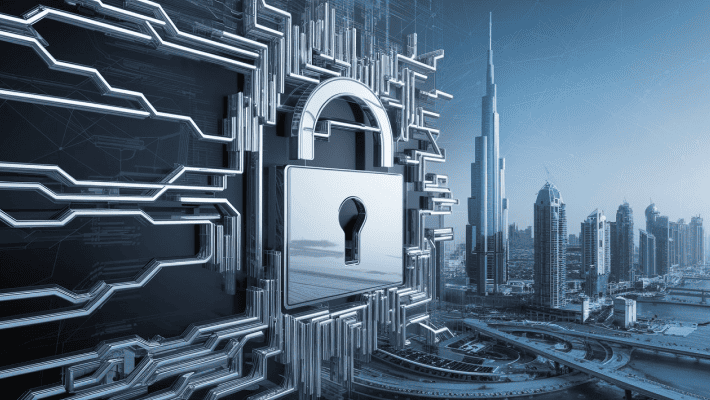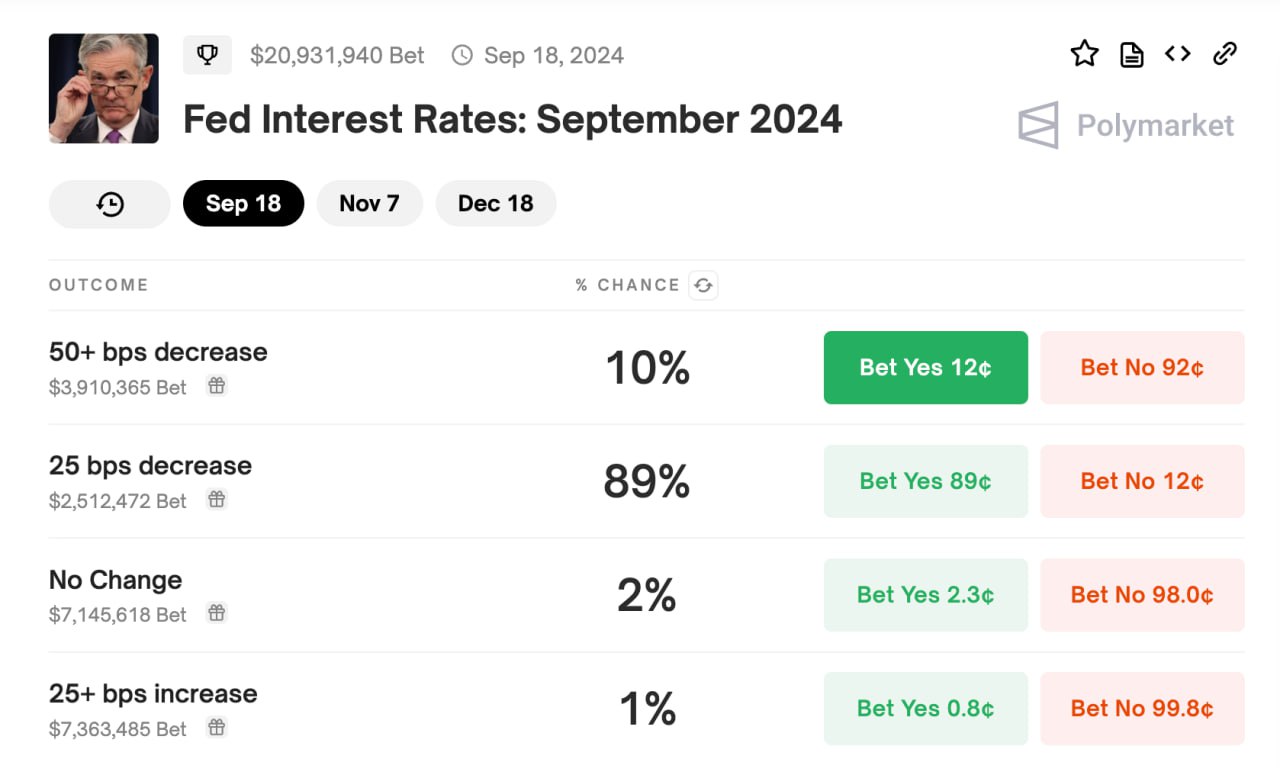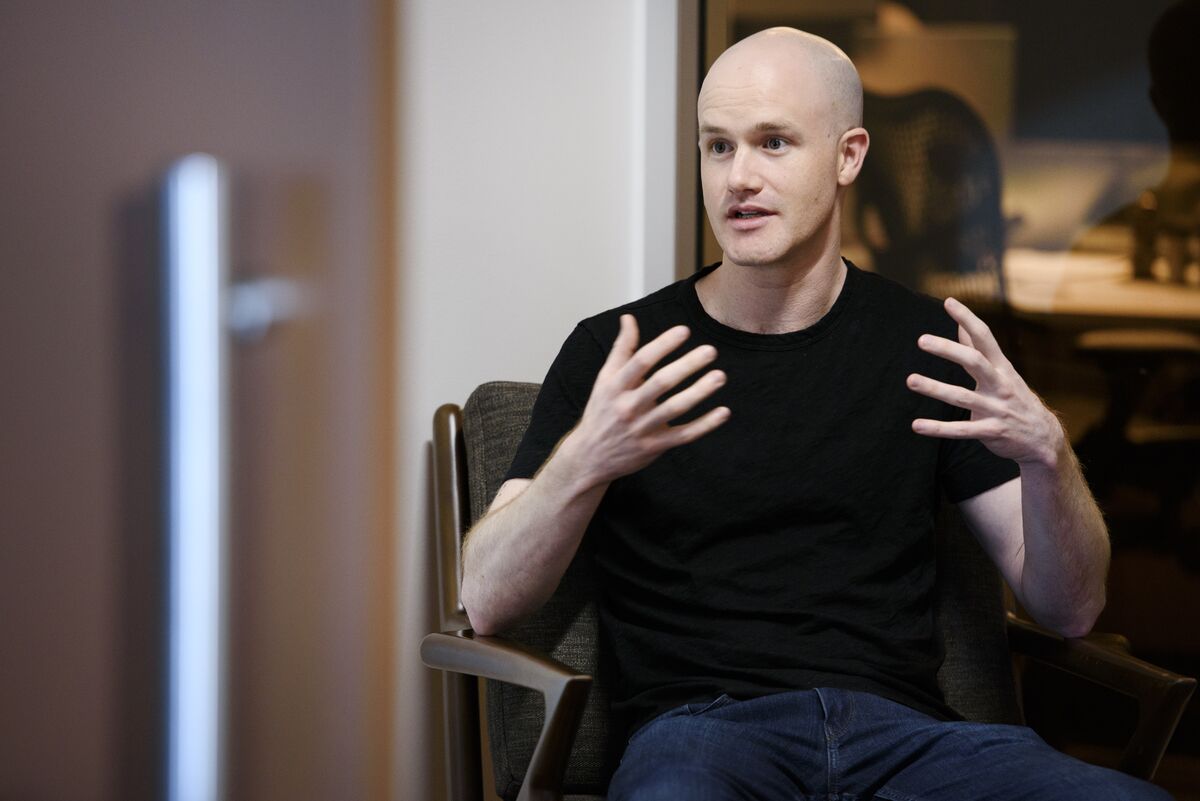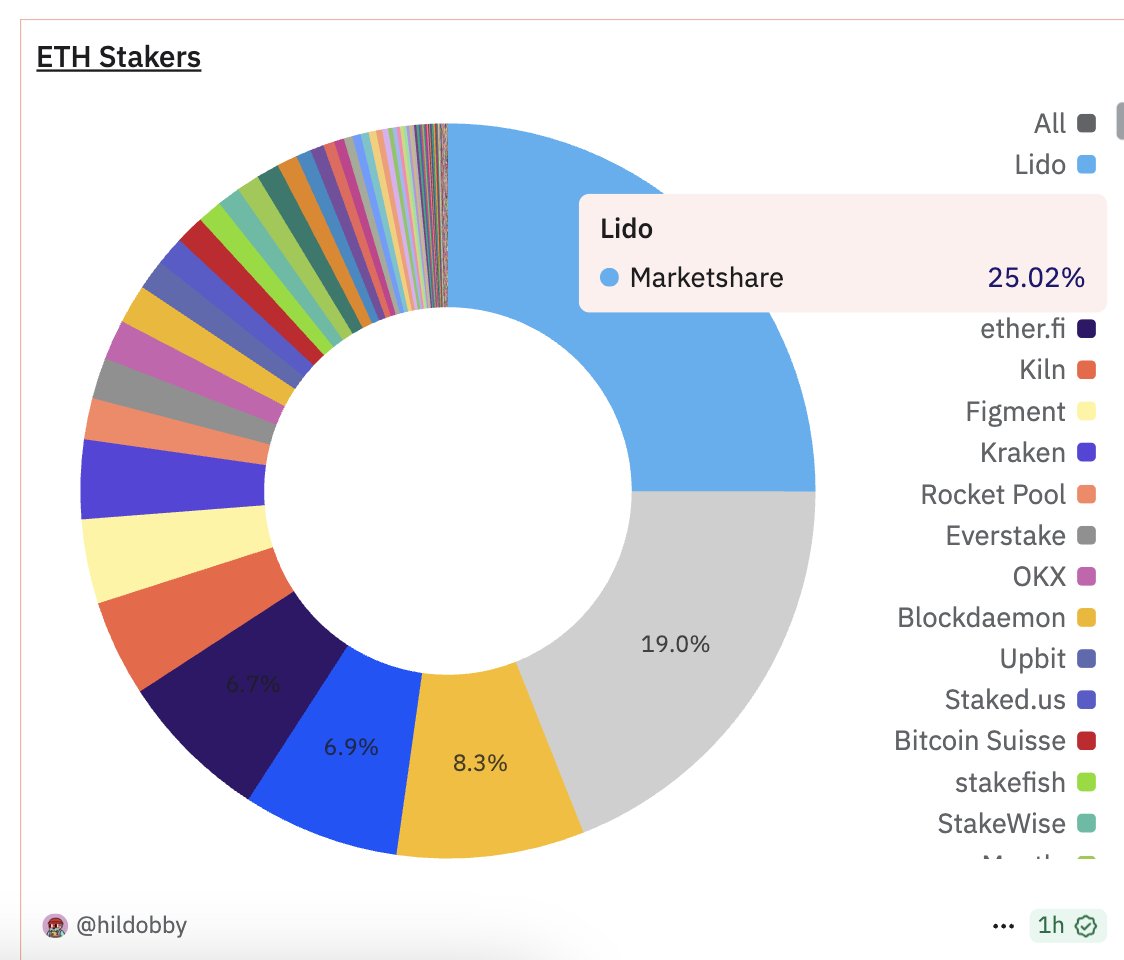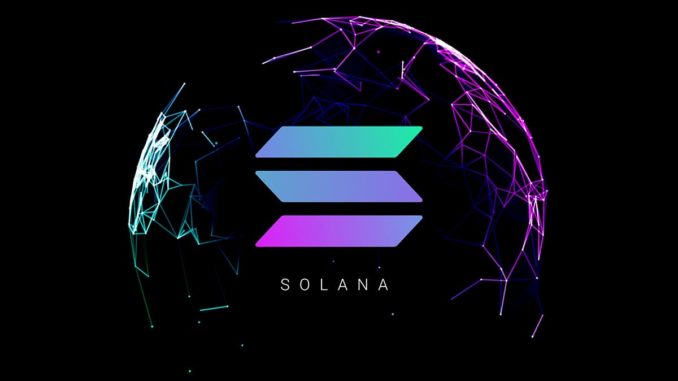Ethereum co-founder Vitalik Buterin has outlined his main goals for 2025, emphasizing a strong focus on developing Ethereum’s core infrastructure, strengthening decentralization, and supporting open ecosystems.
Within the Layer 1 (L1) network, Buterin aims to advance Ethereum’s long-term roadmap. Key priorities include solving architectural challenges like single-slot finality, optimizing the Ethereum Virtual Machine (EVM), implementing stateless clients, and improving security, censorship resistance, and overall protocol reliability. According to Buterin, these upgrades are crucial for Ethereum’s long-term sustainability.
Beyond infrastructure, Buterin highlighted the importance of:
- Confidential communication tools — improving encryption for messages and documents;
- Prediction markets and decentralized media — fostering trusted information exchange;
- New coordination and governance mechanisms — including better funding models for public goods and support for open-source development.
He also expressed a growing interest in domains beyond software, such as hardware, advanced cryptography, new operating systems, and global resilience, including protection against biological threats.
Areas of Reduced Involvement
Buterin also listed areas where he plans to reduce his personal involvement in 2025:
- Short-term scalability efforts like raising the L1 gas limit (expected in 2026),
- Research into block structure and peer-to-peer protocols,
- Internal matters within the Ethereum Foundation,
- Mature application categories such as DeFi, payments, and savings.
While these areas remain important, Buterin believes they are now well-supported by other experts in the ecosystem, allowing him to focus on emerging, long-term challenges that require deep innovation.
🟡 In April, the Ethereum Foundation announced a renewed focus on user experience and Layer 1 scalability — aligning closely with Buterin’s strategic direction for the year ahead.
